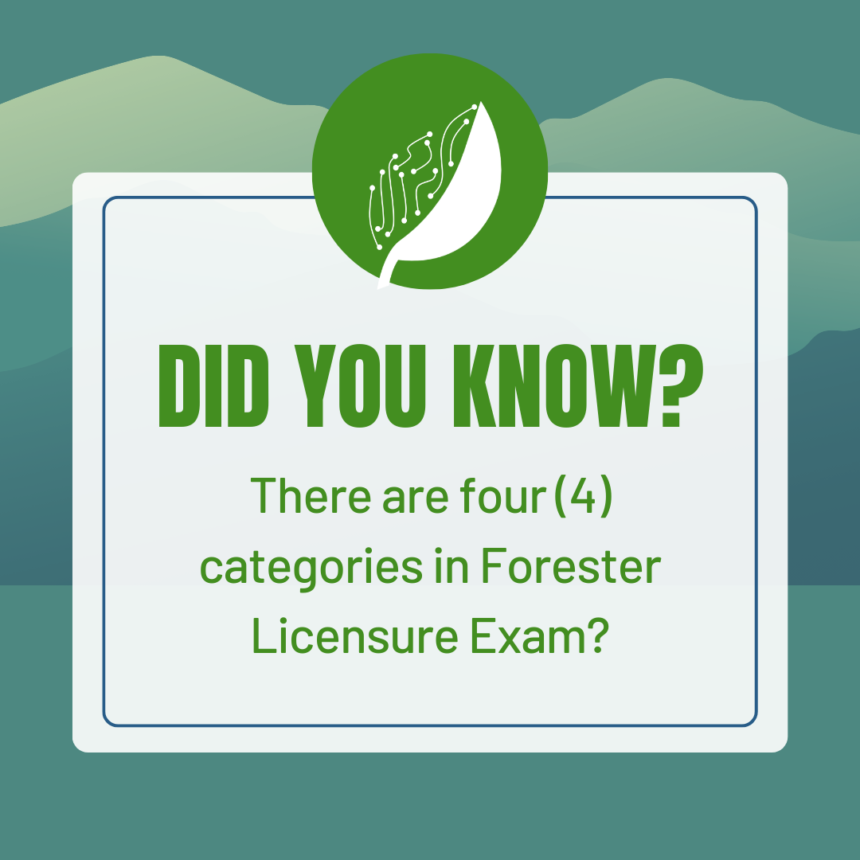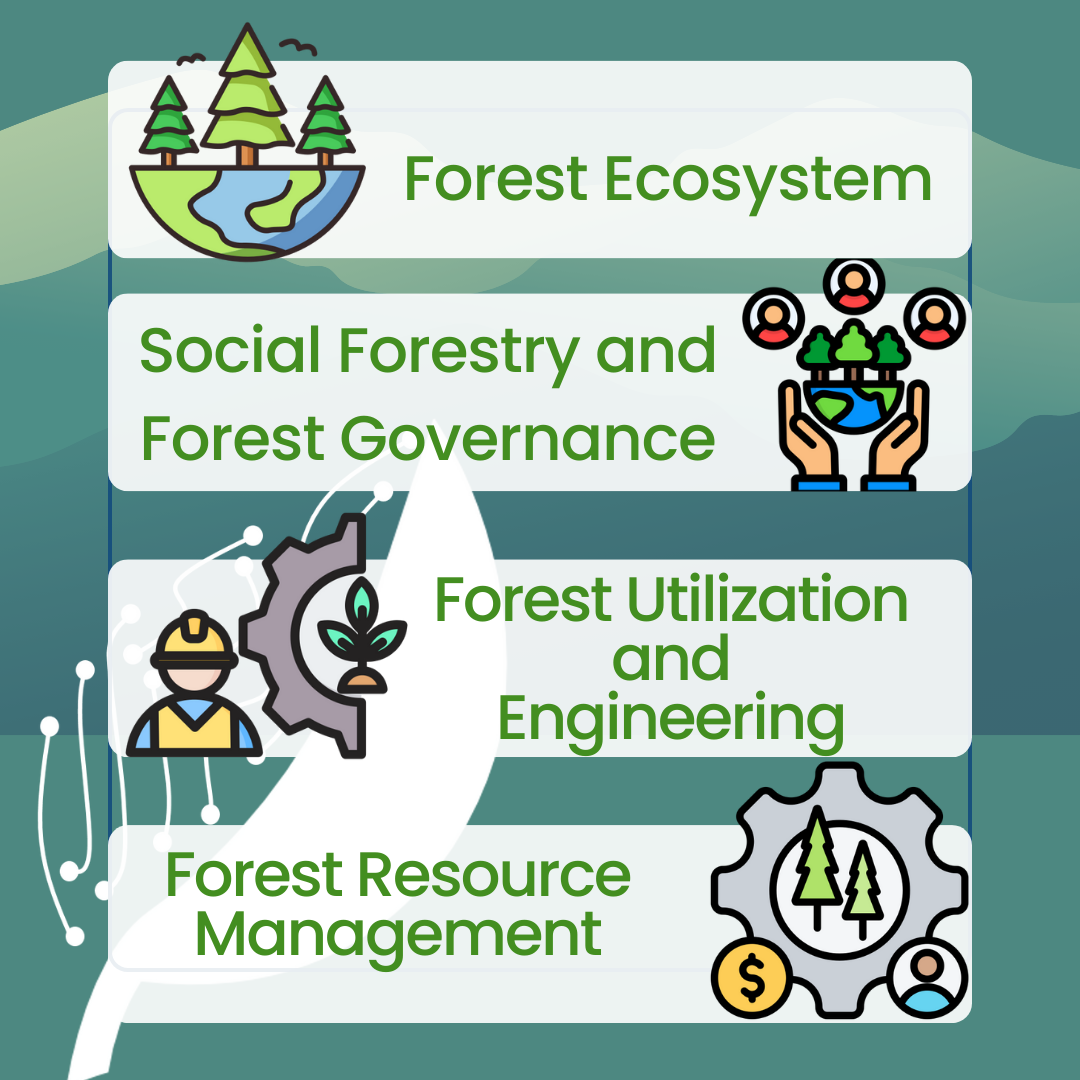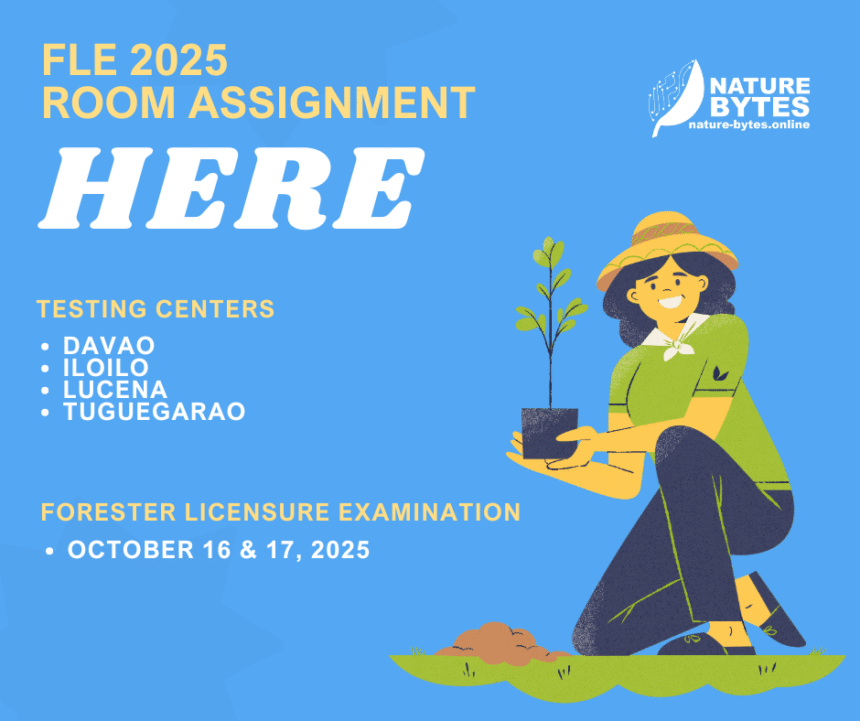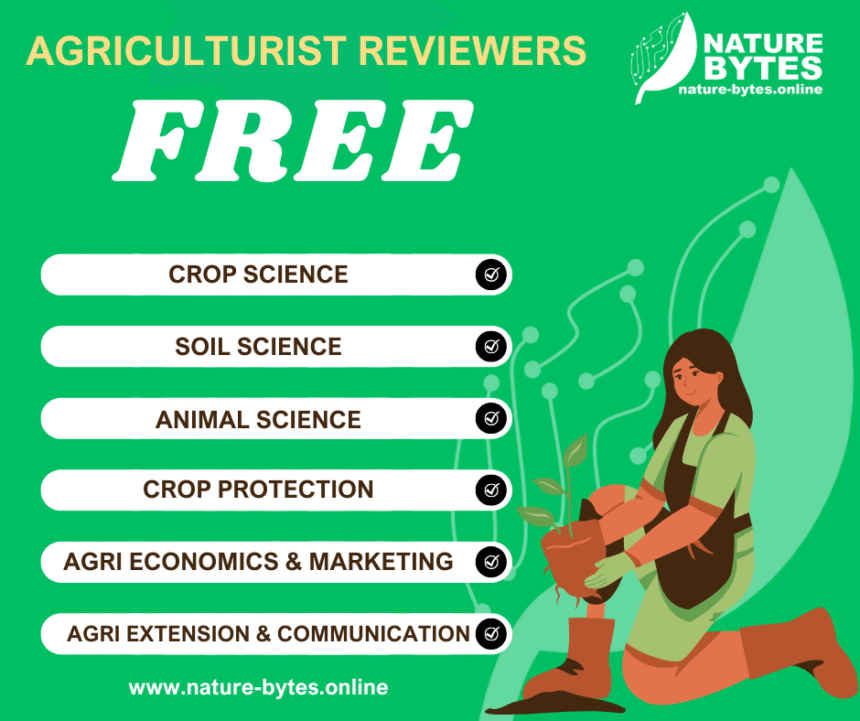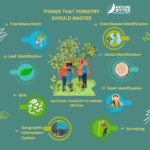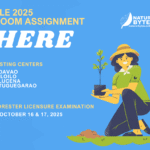The Foresters’ Licensure Examination in the Philippines, governed by Resolution No. 01, Series of 1998, also known as the “Adoption of Syllabi for the Subjects in the Foresters’ Licensure Examination,” consists of comprehensive topics that assess the technical and practical skills necessary for effective forestry management and practices. The exam is divided into four key areas: Forest Ecosystem, Forest Utilization Engineering, Forest Governance and Social Forestry, and Forest Production and Management. Each of these areas contributes to developing competent foresters who are prepared to tackle various challenges in sustainable forest management and conservation.
Start the REVIEW Now:https://nature-bytes.online/quiz-play/
Download the Mobile App: Nature Bytes: Board Reviewer App
Foresters Licensure Examination Reviewers: A Comprehensive Guide
I. FOREST ECOSYSTEM (20%)
This section covers the understanding of forest botany, dendrology, ecology, soil science, physiology, and biodiversity. Candidates are expected to have a solid grasp of how forests interact with their environment and the principles that govern their growth and sustainability.
A. Forest Botany
- Cellular Structure
- Vegetative and Reproductive Characteristics
- Morphology and Anatomy of Plants
B. Dendrology
- Classification of Forest Plants
- Plant Geography
- Key Identification and Nomenclature
C. Forest Ecology
- Ecological Principles
- Forest Ecosystem and Hydrologic Cycle
- Forest Influences (Climate, Soil, Man, etc.)
D. Forest Soils
- Soil Formation and Classification
- Soil Properties (Biological, Physical, Chemical)
- Soil Moisture and Conservation
E. Tree Physiology
- Tree Growth Processes (Photosynthesis, Respiration, Translocation)
- Primary and Secondary Growth
- Tree Nutrition
F. Forest Entomology
- Classification of Insects
- Control Measures (Biological, Mechanical, Chemical)
G. Forest Pathology
- Plant Diseases and Pathogens
- Disease Development and Control
H. Forest Biodiversity
- Wildlife (Flora and Fauna)
- Rare and Endangered Species
I. Forest Genetics and Tree Improvement
- Genetic Concepts
- Methods of Tree Improvement
II. FOREST UTILIZATION ENGINEERING (20%)
This section focuses on the practical aspects of forest products, wood utilization, and processing. It involves wood identification, seasoning, preservation, and the economics of forest products.
A. Wood Structure and Identification
- Basic Principles of Wood Identification
- Anatomical Properties of Wood
B. Wood Physics and Mechanics
- Physical Properties and Strength of Wood
C. Wood Seasoning and Preservation
- Wood Chemistry
- Methods of Seasoning and Preservation
- Fireproofing and Chemical Treatment
D. Forest Products Utilization
- Lumbering Techniques and Sawmilling
- Pulp and Paper, Veneer, and Plywood Production
E. Non-Timber Forest Products
- Utilization of Rattan, Bamboo, and Other Products
- Economic Aspects of Non-Timber Products
Foresters Licensure Examination Reviewers: A Comprehensive Guide
III. FOREST GOVERNANCE AND SOCIAL FORESTRY (25%)
This section examines the history, policies, social aspects of forestry, sustainable development strategies, and the professional ethics expected of foresters.
A. Forest History, Policy, and Administration
- History and Legislation in Philippine Forestry
- Presidential Proclamations and Executive Orders
B. Social Forestry and Extension
- Community Forestry Programs
- Agroforestry and Extension Strategies
C. Forest Protection
- Forest Rehabilitation and Restoration
- Conservation of Wilderness Areas
- Law Enforcement
D. Environment and Sustainable Development
- Concepts of Sustainable Development
- Environmental Problems and Solutions
E. Professional Ethics and Values
IV. FOREST PRODUCTION AND MANAGEMENT (35%)
This extensive section focuses on forest management techniques, economics, silvicultural practices, and the overall management of forest resources.
A. Forest Biometry, Mensuration, and Inventory
- Sampling Techniques and Timber Inventory Methods
- Volume Estimates, Stand Density, Remote Sensing
B. Forest Management
- Forest Management Planning
- Allowable Cut Determination
- Integrated Forest Management Plan
C. Forest Economics and Finance
- Financial Investment Analysis (NPV, IRR, etc.)
- Market Structures and Forest Rent
D. Range Management
- Grassland Ecosystem and Management
- Nutrient Cycling and Grazing Capacity
E. Multiple Use Forestry
- Sustainable Yield and Ecosystem Approaches
- Watershed Management
F. Silvicultural Methods and Systems
- Regeneration Methods and Forest Harvesting
- Philippine Selective Logging and Clear-Cutting
G. Forest Nursery and Plantation Management
- Nursery Management Techniques
- Plantation Site Preparation and Management
Start the REVIEW Now:https://nature-bytes.online/quiz-play/
Download the Mobile App: Nature Bytes: Board Reviewer App
Final Thoughts
Preparing for the Foresters’ Licensure Examination requires a thorough understanding of forestry’s biological, economic, and management aspects. By mastering the topics outlined in the syllabi, students and professionals can ensure they have the knowledge needed to excel in the exam and their careers as foresters. It is essential to grasp the theoretical aspects of these subjects and understand their practical applications in real-world forest management.




